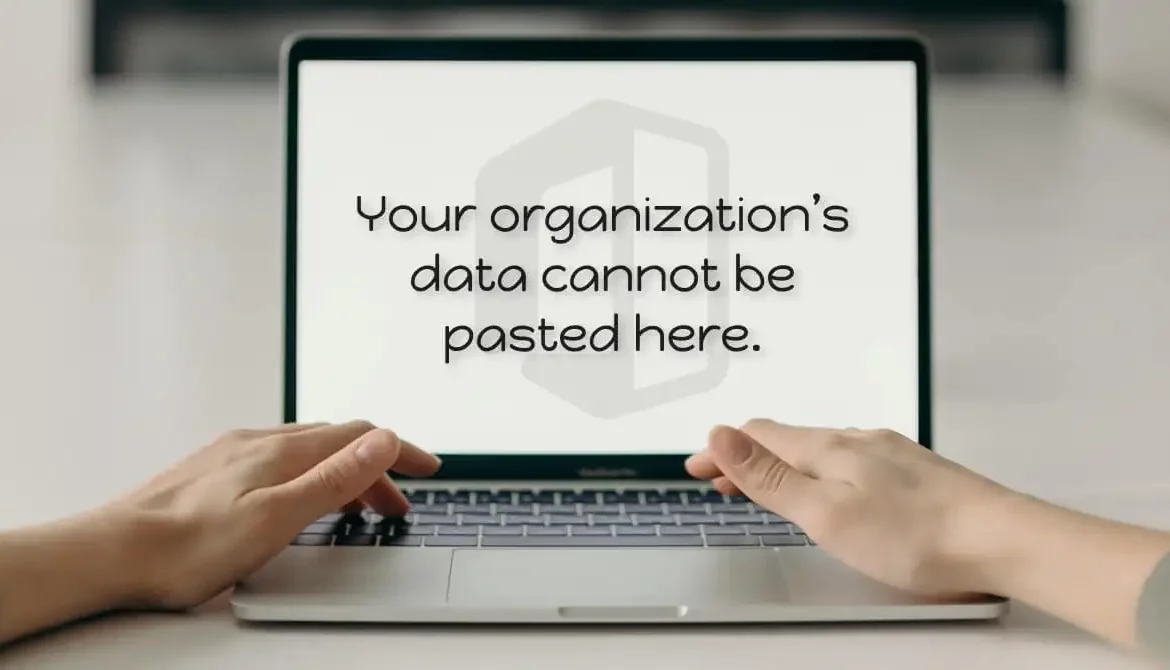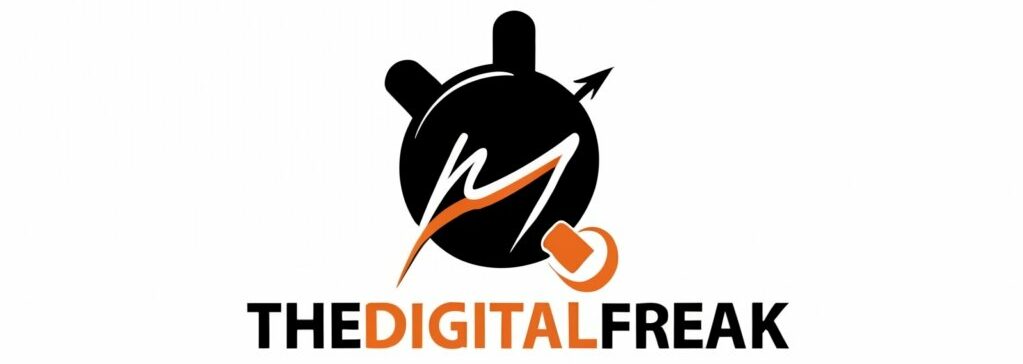
Introduction
In an era of rapid technological advancement and increasing digitalization, the management and protection of touchy organisational facts have turned out to be paramount. Organisations across the globe are grappling with the challenges of maintaining the security and integrity of their information assets. One commonplace security measure that has gained prominence is the phrase “Your Organisation’s Data Cannot Be Pasted Here.” This article delves into the significance of this message and explores the reasons behind its implementation in various digital structures.
The Implication of “Your Organisation’s Data Cannot Be Pasted Here”
The announcement “Your Organisation’s Data Cannot Be Pasted Here” has become a familiar sight for many customers trying to reproduce and paste records throughout one-of-a-kind programmes or platforms. This message is often encountered when users attempt to paste facts from packages like word processors, spreadsheets, or presentations into online systems, inclusive of e-mail clients, messaging apps, or internet bureaucracy. But why does this restriction exist, and what’s its cause?
Protecting Against Data Breaches
At its centre, the prohibition against pasting sensitive organisational statistics seeks to prevent accidental fact breaches and unauthorised publicity of private facts. In a global environment in which factual breaches could have way-accomplishing effects, safeguarding touchy statistics is of maximum importance. By restricting the capability to stick data, organisations aim to reduce the risk of inadvertently sharing exclusive statistics in unintended contexts.
Preventing Data Leakage
The “Your Organisation’s Data Cannot Be Pasted Here” restriction is mainly applicable to preventing records leakage from one secure environment to another that might be much less stable. For example, copying sensitive records from an inner file and pasting them into an external communication platform ought to expose the records to capability threats. This precautionary measure discourages the transfer of information from managed environments to less controlled ones, where security features may not be as stringent.
Mitigating Insider Threats
Organisations understand that threats to the safety of records can come from both outside and internal resources. The restriction against pasting information acts as a barrier against insider threats—individuals in the enterprise with access to sensitive facts who may intentionally or by accident compromise its safety. By limiting the convenience with which records can be copied and pasted, the organisation provides a further layer of protection against record leaks due to employees or collaborators.
Promoting Data Governance and Compliance
Regulatory frameworks and information protection legal guidelines, along with the General Data Protection Regulation (GDPR) and the Health Insurance Portability and Accountability Act (HIPAA), impose stringent necessities on companies to deal with and protect sensitive data responsibly. The limit on copying and pasting records aligns with those policies by encouraging record governance practises that reduce the chances of non-compliance and subsequent criminal repercussions.
Balancing Convenience and Security
While the “Your Organisation’s Data Cannot Be Pasted Here” message ordinarily aims to beautify information safety, it’s important to strike a balance between security measures and user convenience. Organisations need to make certain that legitimate customers can nevertheless carry out their responsibilities correctly while upholding safety requirements. Some systems offer controlled environments where precise information may be copied and pasted, balancing usability and safety.
Frequently Asked Questions (FAQs): approximately “Your Organisation’s Data Cannot Be Pasted Here”
- What does the message “Your Organisation’s Data Cannot Be Pasted Here” imply?
This message appears while attempting to reproduce and paste touchy organisational statistics from programmes like word processors, spreadsheets, or shows into online structures, including email clients, messaging apps, or net paperwork. It shows that the platform has restrictions in place to prevent the accidental sharing of personal information.
- Why do little structures restrict the pasting of records?
Platforms restrict the pasting of facts to beautify records security and prevent unintentional data breaches. By restricting the benefit of copying and pasting sensitive information, businesses can limit the threat of unauthorised exposure of private facts in unintentional contexts.
- How does this restriction protect against statistical breaches?
This restriction prevents the accidental sharing of personal records. It provides a layer of protection against capacity fact breaches that could result from copying touchy data from secure environments and pasting it into much less stable contexts, which includes outside verbal exchange systems.
- Is the restriction solely about outside threats?
No, the restriction additionally helps mitigate insider threats—situations where people within the company might deliberately or unintentionally compromise statistics security. By limiting the ability to replicate and paste information, corporations prevent both external and internal statistics leaks.
- How does this measure align with facts and safety policies?
Data protection laws and guidelines, along with GDPR and HIPAA, require organisations to address sensitive records responsibly. By restricting the copying and pasting of facts, corporations can adopt governance practises that align with regulatory necessities, reducing the chance of non-compliance and criminal consequences.
- Can legitimate users still perform their responsibilities correctly with this restriction?
Yes, corporations aim to strike a balance between security and consumer comfort. Some platforms provide managed environments where precise data may be copied and pasted, ensuring that valid users can perform their tasks while adhering to safety requirements.
- Are there exceptions to this restriction?
Yes, some structures may additionally offer exceptions or controlled environments where positive forms of facts can be copied and pasted without restrictions. These exceptions are generally designed to accommodate valid user needs while maintaining data protection.
- How can corporations make certain facts secure beyond this restriction?
Beyond this restriction, agencies must implement a complete records security strategy that includes encryption, right of entry to controls, regular security audits, worker schooling, and staying up-to-date on ultra-modern cybersecurity practises.
- Can customers skip this limit?
While a few determined customers may try workarounds, the limit serves as a deterrent against unintentional fact leaks. However, corporations must constantly screen and adapt their security measures to stay ahead of potential threats.
- Is this a trendy practise across all platforms?
No, the implementation of this limit can range across systems and packages. Different groups and systems may adopt their own personal tactics for balancing information protection and consumer capability.
Conclusion
In a generation where information breaches and cyber threats loom huge, groups have to employ multifaceted techniques to guard their sensitive information. The “Your Organisation’s Data Cannot Be Pasted Here” restriction serves as a vital detail on this strategy, preventing inadvertent statistics leaks, mitigating insider threats, and helping compliance with facts safety policies. By knowing the importance of this degree, corporations can better recognise the importance of safeguarding their helpful information property in an increasingly interconnected digital landscape.
